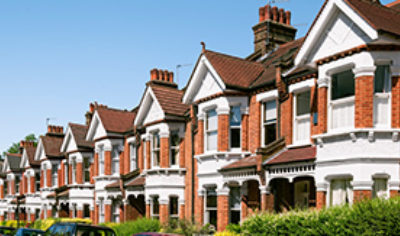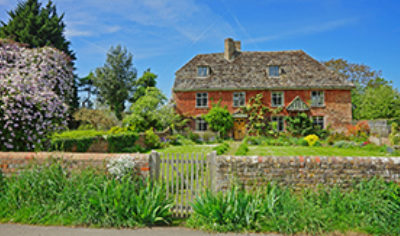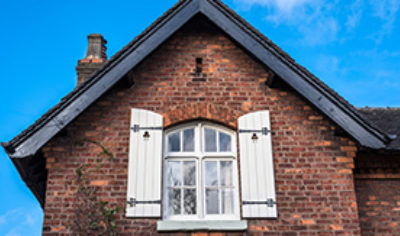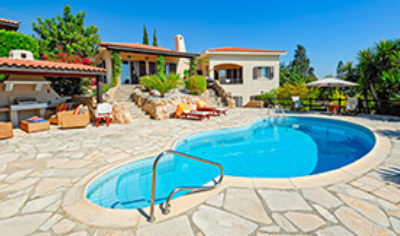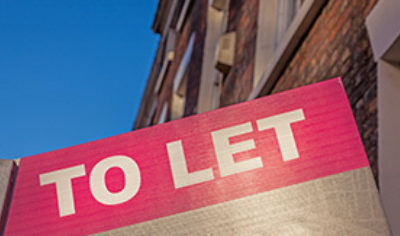Non standard construction building insurance
Introduction – when you insure your property, whether it is a for residential purposes or commercial, your insurer will require confirmation that the building is of standard construction and is not unusual in any way. When calculating their insurance premiums insurers use this standard definition and the bulk of UK property falls under the description. If of course, yours does not happen to fit within this standard definition, it does not mean that you will not be able to obtain building insurance but it does mean you are likely to have to pay an increased premium. Standard construction is usually defined as a building that is built of brick stone or concrete and roofed with slate tiles or concrete. Some insurance companies extend this definition to include the materials felt and metal.
With regard to the roof of the property, most insured are referring to a structure that is pitched in design, flat roofs often made of timber covered with felt only have a certain life expectancy and most insurers will tell you that they have a tendency to leak. In fact 10 years seems to be the maximum you can expect a flat roof to last and really it should be checked at least once every two years and repaired if necessary. If the portion of you roof that is flat does not exceed approximately 20% of your property (which is the case with a lot of property that have been extended at the rear), you should be able to obtain a building quotation at normal terms. So bricks, stone and mortar are the accepted norm and most building techniques in the UK have changed little in over 200 years.. Some other building techniques that are employed and perhaps not so wide known are listed below. In many cases, you will be able to obtain insurance and to help secure a quotation it is a good idea to have as much information as possible as to the exact construction. If you suspect your building is of non standard construction, you must inform your insurers prior to cover being accepted.
Thatched Roof – thatched roof houses are still very popular in the UK today, and this is classed as non standard construction mainly due to the increased fire risk. There are various type of reed covering available for roofs and some insurers will charge extra depending on the type of covering used. The method of heating and age of wiring also play an important factor in rating and you should have this information at hand to obtain a quote.
Cob Construction – Cob is an ancient form of building block that has been in existence for over 600 years. Originating in Devon it’s main constituent is mud, this is often mixed with straw and sometimes animal dung. (The introduction of animal dung was a by product of the mud being having to be continually trampled by horses and cattle to give it the right consistency) It is often rendered with cement and often this does not allow it to breathe and dry out properly which can result in it’s collapse over a period of time. Modern Cod techniques can now produce a block which is pre dried and thus produces a minimal amount of shrinkage.
Timber Framed – many modern home buildings are now constructed of timber frames and it is a safe an reliable form of building with all new construction having to meet certain building regulations and standards Many older style buildings that are listed are timber framed and often these are sometimes considered to be standard because of the sturdiness of construction. Buildings made entirely of wood such as holiday chalets are always considered to be non standard an appropriate insurance rating charged if acceptable
Weather Boarding – weather boarding which is particularly prevalent in a number of areas is usually added to property for decorative reasons and not part of the main construction. Vertical battens are usually fitted to brickwork or in place of brickwork as an attraction or to provide some extra protection against the elements.
Mundic Block – during the early to mid part of the last century many houses particularly in Devon & Cornwall were constructed either whole or in part with mine waste materials. This waste or aggregate was available very cheaply from mines in the area, was of poor quality and riddled with impurities. These impurities have lead to chemical reactions over a period of time resulting in much crumbling of many buildings constructed with this technique. It is highly unlikely that you will be able to obtain either insurance or a mortgage for any property that is constructed of mundic block.
Wattle & Daub – in constructing a property or part of a property from Wattle & Daub, a woven latticework of poles or stakes are daubed with a mixture of clay & sand sometimes straw and dung( a little like the cob construction as mentioned above.) The wattle and daub is then whitewashed to help keep in waterproof.
As well as the above which are techniques, you may find that you property contains to varying degrees any of the following. Asbestos, corrugated Iron, Plastic Sheeting, Metal, Prefabricated materials, Strammit. Whilst the lay person can not be expected to be well versed in the construction of property, surveyors are and you should look to your survey report to obtain a description of the property and it’s construction method. If you make a false declaration to your insurance company with regard to the construction of your property, you may find that a claim will be declined.




